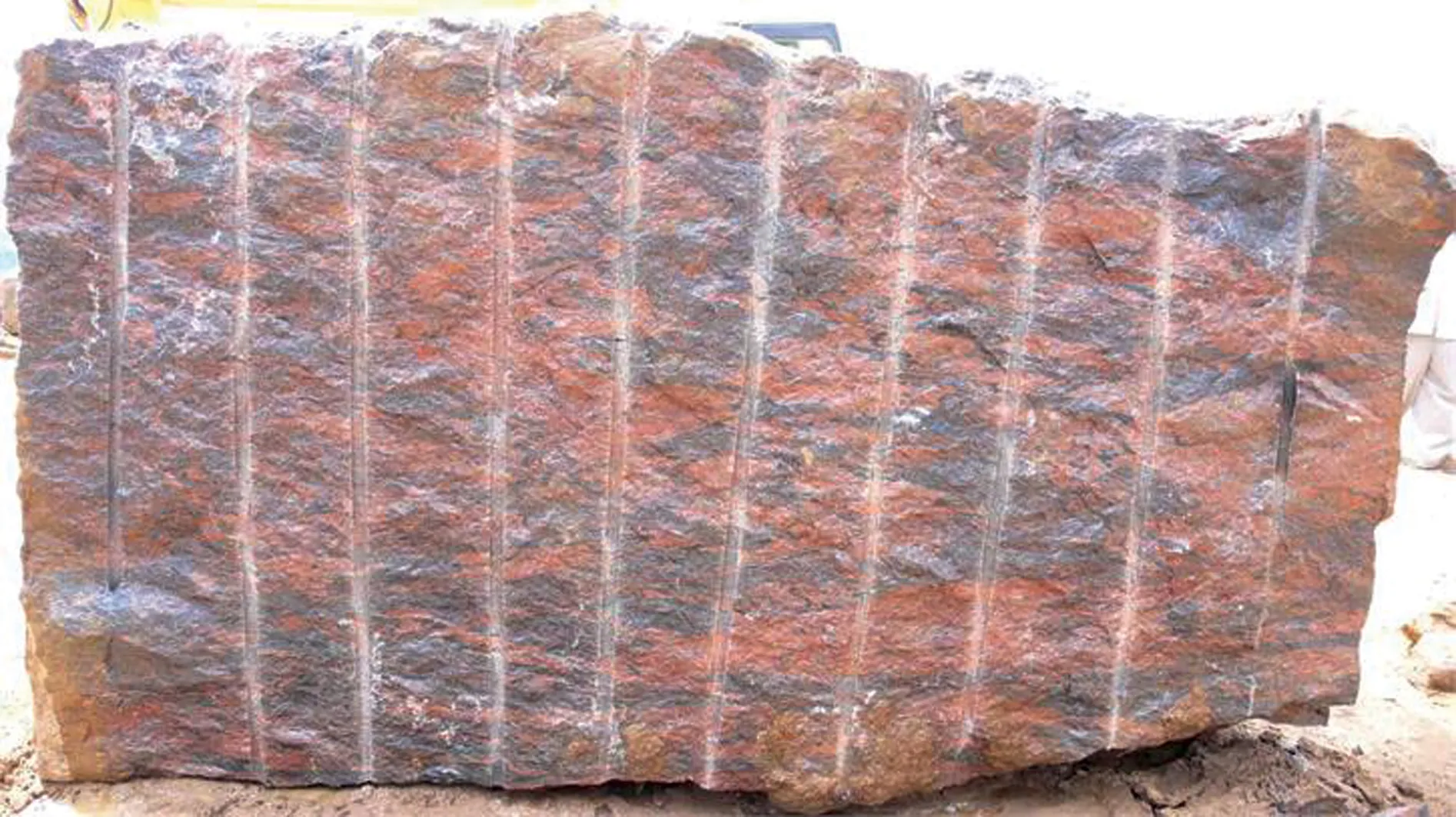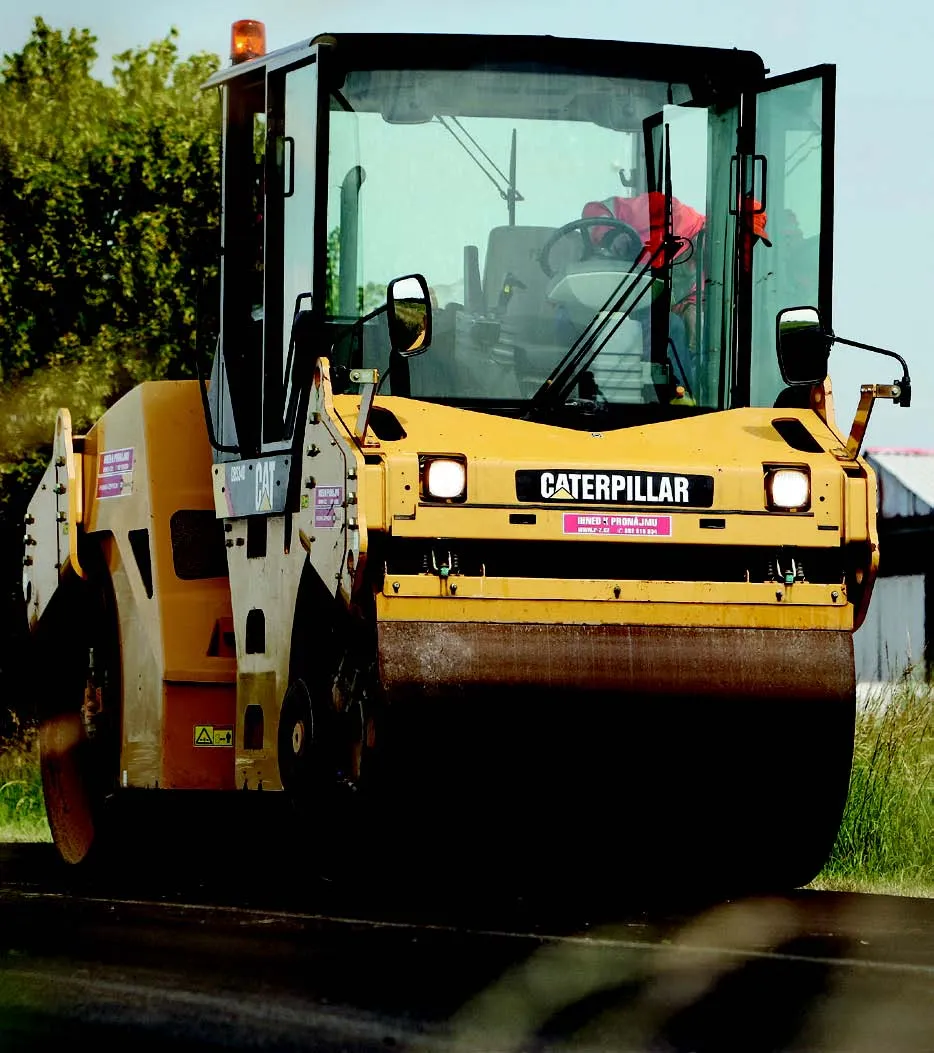
The Indian Government is keen to embrace new technologies and ideas from overseas but as Hitex International discovered, Indian roads need very special products - Kristina Smith reports
India is one of the world’s fastest-growing countries, with a growth rate which has fluctuated around the 7.5% mark for the past 12 months and government aspirations to maintain and better that growth rate. It also has a huge road network: around 3,346,000km long according to the National Highways Authority of India (NHAI).
With 65% of freight and 80% of passenger traffic carried by the roads, and a growing vehicle count, it’s easy to see the opportunity for firms who can supply materials to repair, upgrade and rebuild roads.
UK-based firm
What Hitex did not realise back then was that India’s roads require bespoke products. Challenges due to climate, logistics and extreme loading meant that Hitex had to rip up its recipe book and start again.
“You really do need to completely start from scratch,” said Hitex group commercial director Finn Goff. “Though the products look very similar and they are used for the same purpose, that’s basically where the similarity ends. It was a surprise to us just how different they are.”
Perhaps the most obvious difference between India and the UK is the climate. India experiences temperatures of up to 50°C leading up to the monsoon period – and then the effects of the monsoons themselves. The pigment in coloured products must be able to withstand the bleaching effect of intense UV levels, combined with the high levels of dust which could also dull the colour.
Another major challenge faced by roads in India is that of over-loading of vehicles. Materials must be extremely tough to withstand overloading of up to 100% on all types of vehicles; regulation exists but is not enforced.
Workmanship is a further issue. New products and new ways of applying them require training to ensure that surfacing will have the durability required.
“We have worked with very high and low temperatures, we thought we had dealt with high traffic loads before, but when you put the traffic, climate and operational environment together, it becomes very challenging,” said Goff.
Made in India
After two years of research and development, a new version of Hitex’s TexBand, used for repairing joints and small pot holes, is now in use in India. The firm has also formulated high friction surfacing products for use at junctions and approaching pedestrian crossings; coloured to provide a visual warning, the surfacing also reduces braking times and is currently being used in five states around India.
Extra-bright and longer-lasting retro-reflective road markings are among some of the other new products in the pipeline. “We are trying to improve the general road marking specifications in order to help deliver safer roads to India,” said Goff.
There is a strong appetite for change within India’s highway authority, says Goff: “The NHAI is looking to make quantum leaps forward,” he said. “They really are seeking out world-wide best practice. It’s great to see that sort of vision within that organisation.”
Goff first made contact with Trans Metalite at a New Dehli conference in September 2013. By April 2014, the two companies had signed an official joint venture agreement and the Metalite Hitex Group was born.
“We initially looked at a supplier-importer relationship but realised that the only way was to manufacture in the Indian market,” said Goff. Import duties and practices would make it virtually impossible to import from the UK.
So Metalite Hitex have constructed a brand new manufacturing facility at Bawal in Haryana, equipped with plant which is higher-spec than its UK sister facility. Hitex also moved one of its senior production supervisors over to the new plant in May 2015 to ensure quality and safety.
“One of the big issues when manufacturing in India is first of all obtaining the correct quality of raw materials and then making sure the supplier has the capacity to maintain that quality for regular shipments,” said Goff. “Quite often the initial samples will be good and then you find that following deliveries are different.”
India also has its own challenges when it comes to laying products on the highway. “The operational environment is very different,” said Goff. “In major cities, the roads are closed to HGVs for large parts of the day, so the working window is significantly shorter. And there are no rush hours: the traffic is chaotic twenty hours/day.”
All these different elements have a bearing on the formulation of surfacing products. “Our R&D process has changed in the past two years,” said Goff. “It has been a fantastic learning experience within Hitex and we have now created a model we can apply to new climates and new traffic conditions.”
The long haul
The investment from Hitex underlines the firm’s commitment to the Indian market. In addition to the new manufacturing plant and the personnel that has come with it, Hitex has also brought over experienced contracting supervisors to train their Indian counterparts in contract management, site preparation, material handling and application.Hitex has also committed to adhering to UK standards for health and safety, which contrasts quite markedly from general practice in India.
Goff has personally made a huge investment in time: 36 business trips to India in the last two-and-a-half years. “That’s absolutely what’s required in order to understand the market, modify your own operational methods and practices so that they can work in India, and to manage the growth of the joint venture.”
This is Hitex International’s first joint venture and its first manufacturing plant outside the UK and the group is in it for the long haul. “Our reputation in the UK is based on long-term relationships and long-term commitment to quality,” said Goff. “If you want to bring those principles into an emerging market, you have to wait for a return on your investment.”









